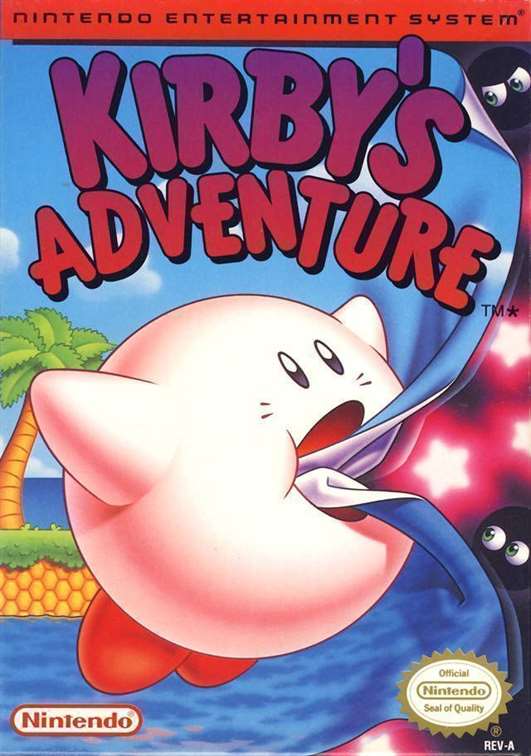

Super Mario Bros.[a] is a platform video game developed and published by Nintendo. The successor to the 1983 arcade game, Mario Bros., it was released in Japan in 1985 for the Famicom, and in North America and Europe for the Nintendo Entertainment System (NES) in 1985 and 1987 respectively. Players control Mario, or his brother Luigi in the multiplayer mode, as they travel the Mushroom Kingdom to rescue Princess Toadstool from the antagonist, Bowser. They must traverse side-scrolling stages while avoiding hazards such as enemies and pits with the aid of power-ups such as the Super Mushroom, Fire Flower and Starman.
The game was designed by Shigeru Miyamoto and Takashi Tezuka and was initially planned as a farewell salute to cartridge games on the Famicom, in anticipation of the forthcoming release of the Famicom Disk System, drawing technical influence from several of the console’s previous games. It was designed with ease of access in mind, with the first level, World 1-1, designed to introduce the core mechanics. The music was composed by Koji Kondo, and is considered influential in making music a larger aspect of video games.
Super Mario Bros. is frequently cited as one of the greatest video games of all time, with praise going towards its precise controls. It has sold over 40 million physical copies, also making it one of the bestselling games of all time. It is credited alongside the NES as one of the key factors in reviving the video game industry after the 1983 crash, and helped popularize side-scrolling platform games. It began an expansive franchise including a long-running game series, an animated television series, and a feature film. Ports and remakes of the game have been released for most of Nintendo’s future systems. Alongside Mario himself, Super Mario Bros. has become a prominent aspect of popular culture.





